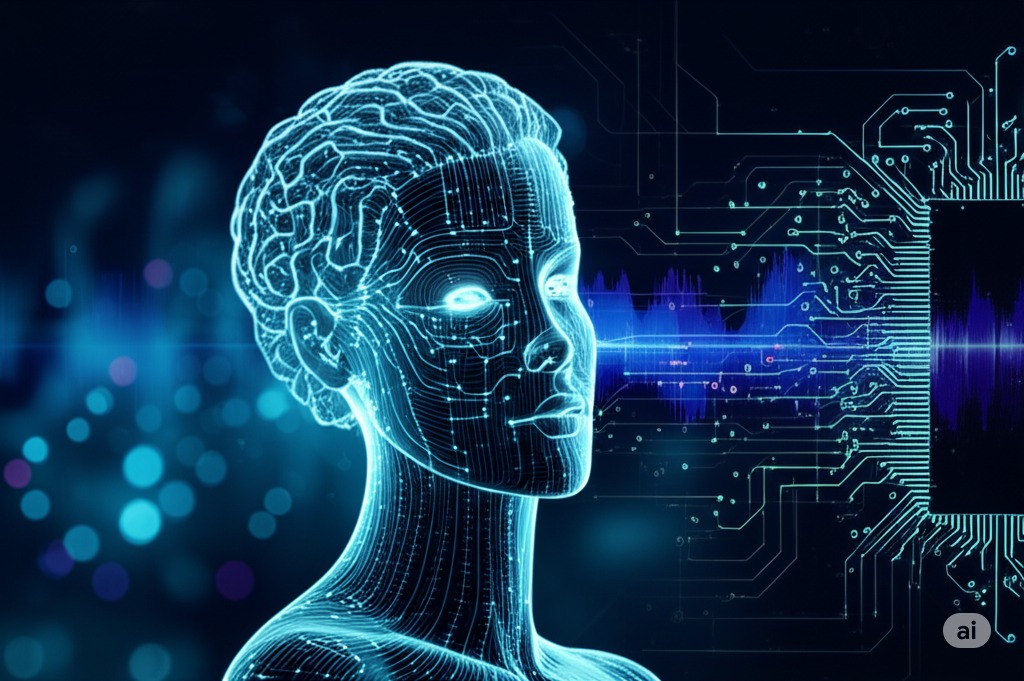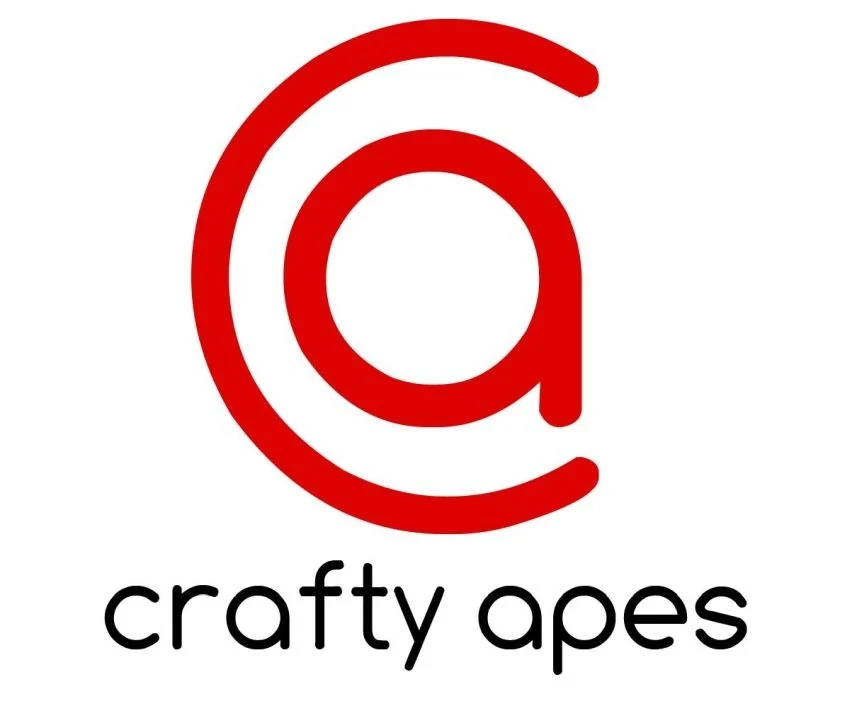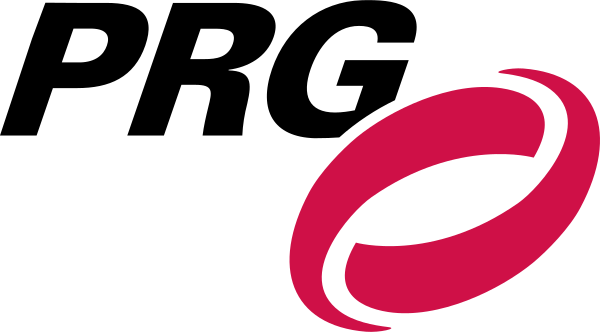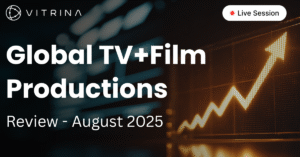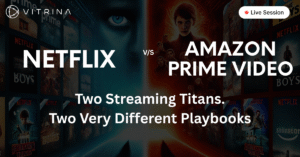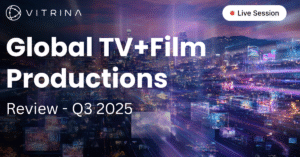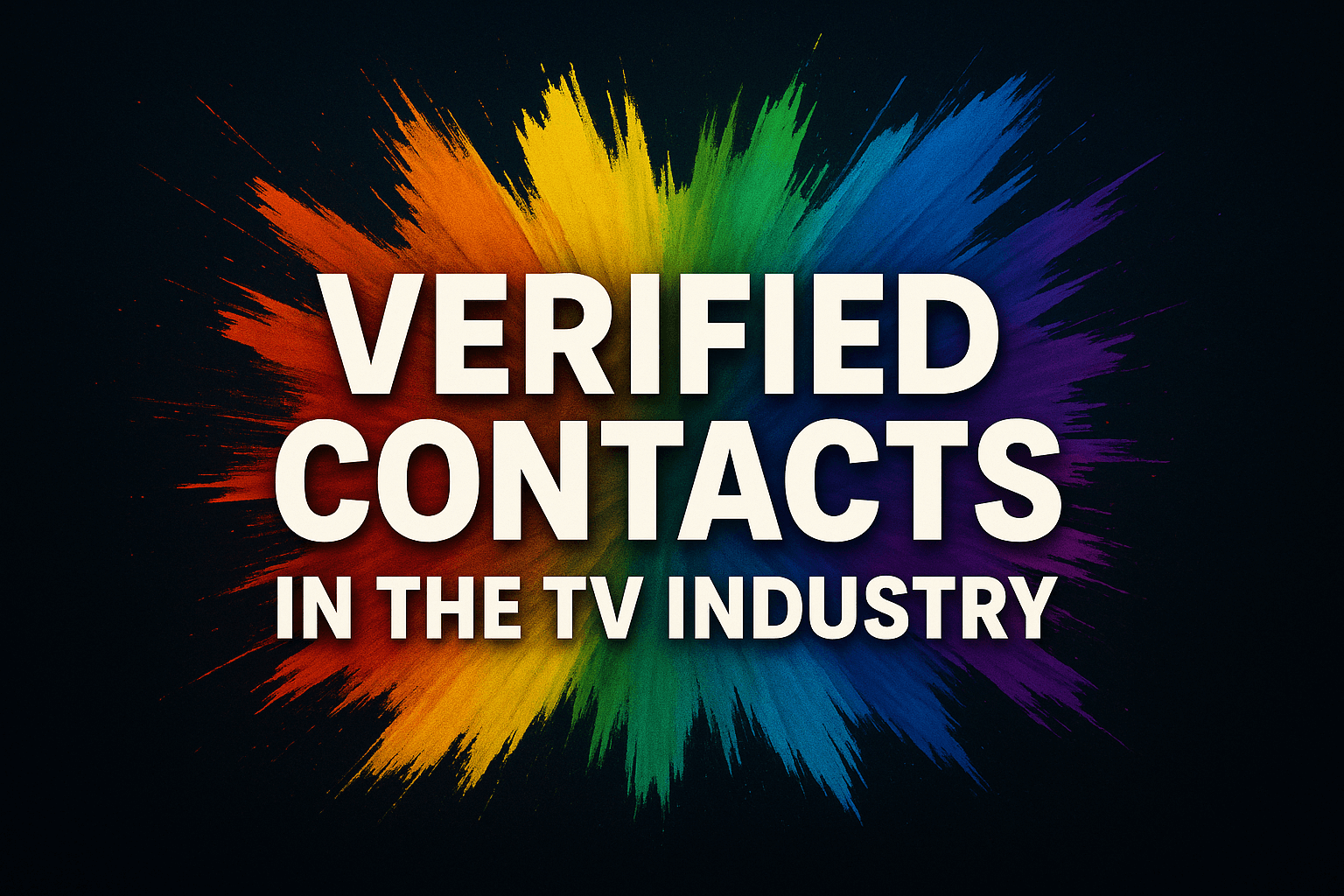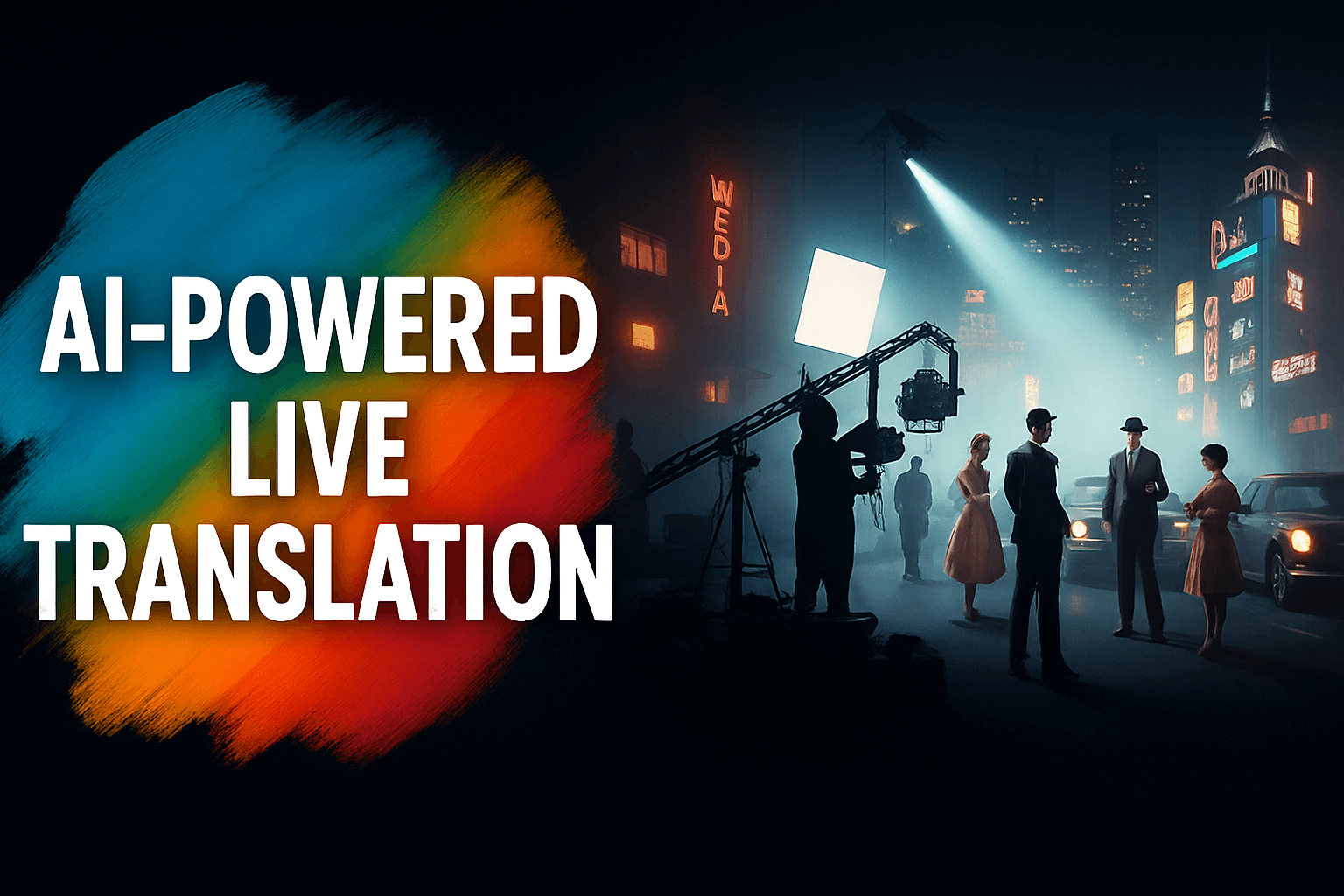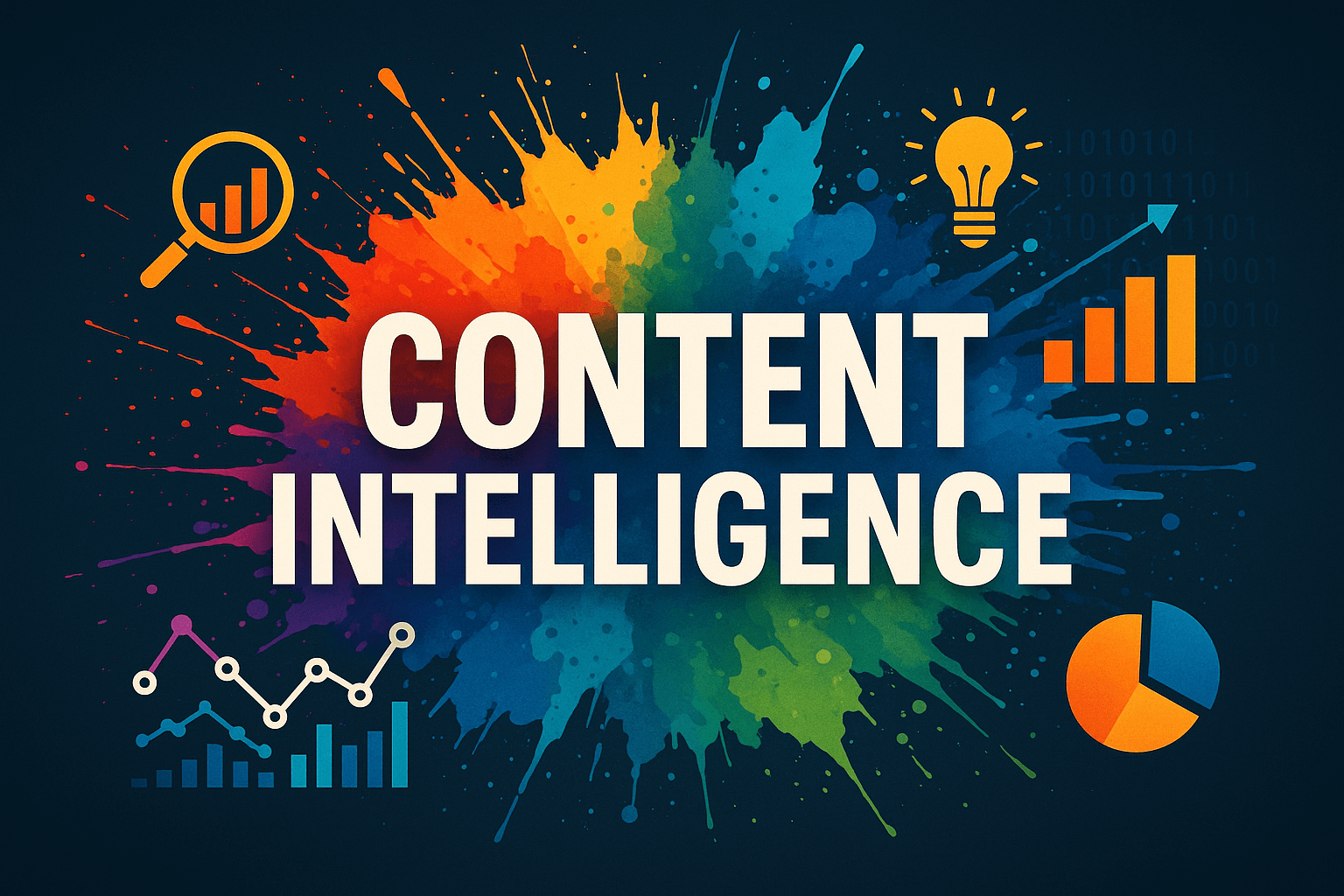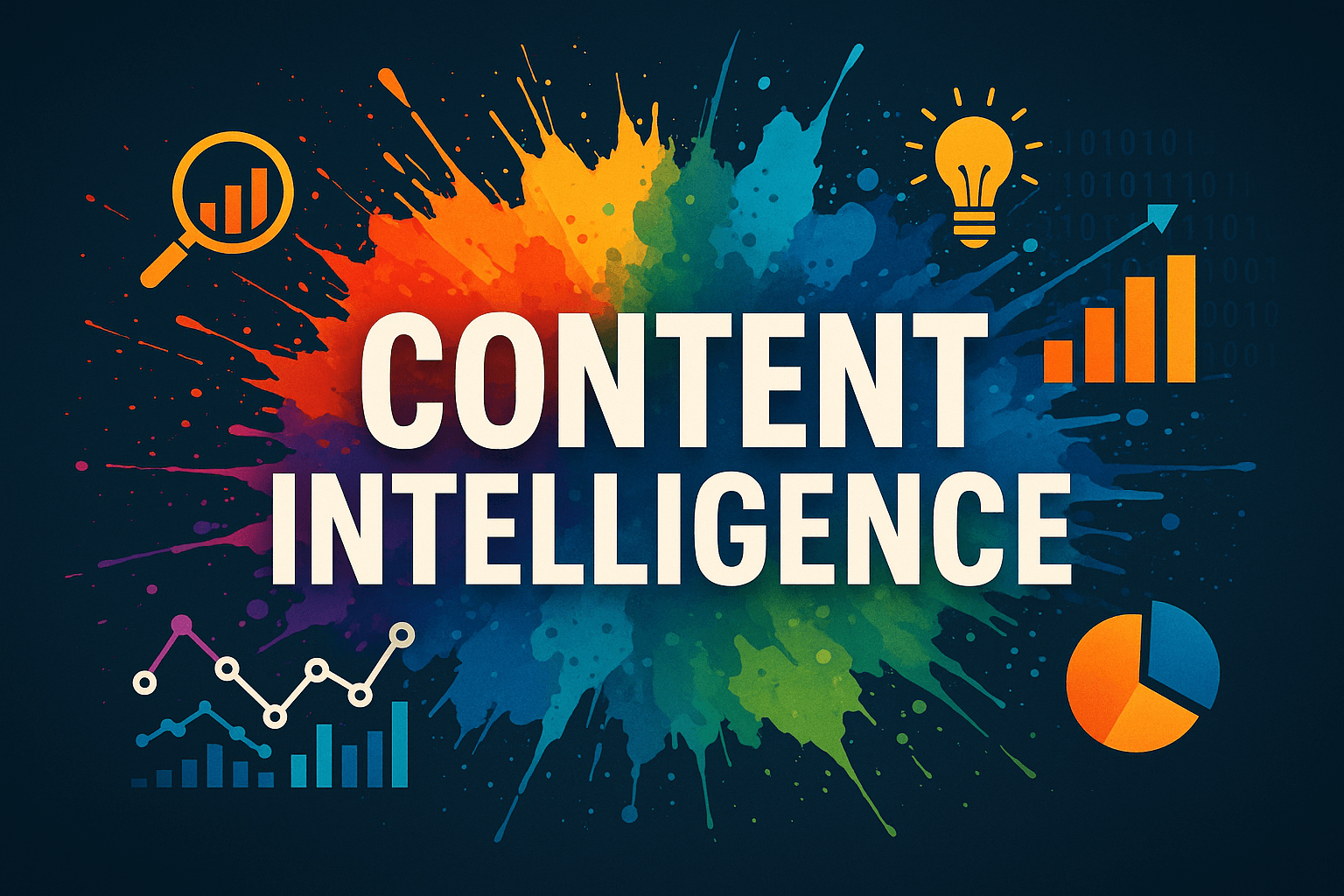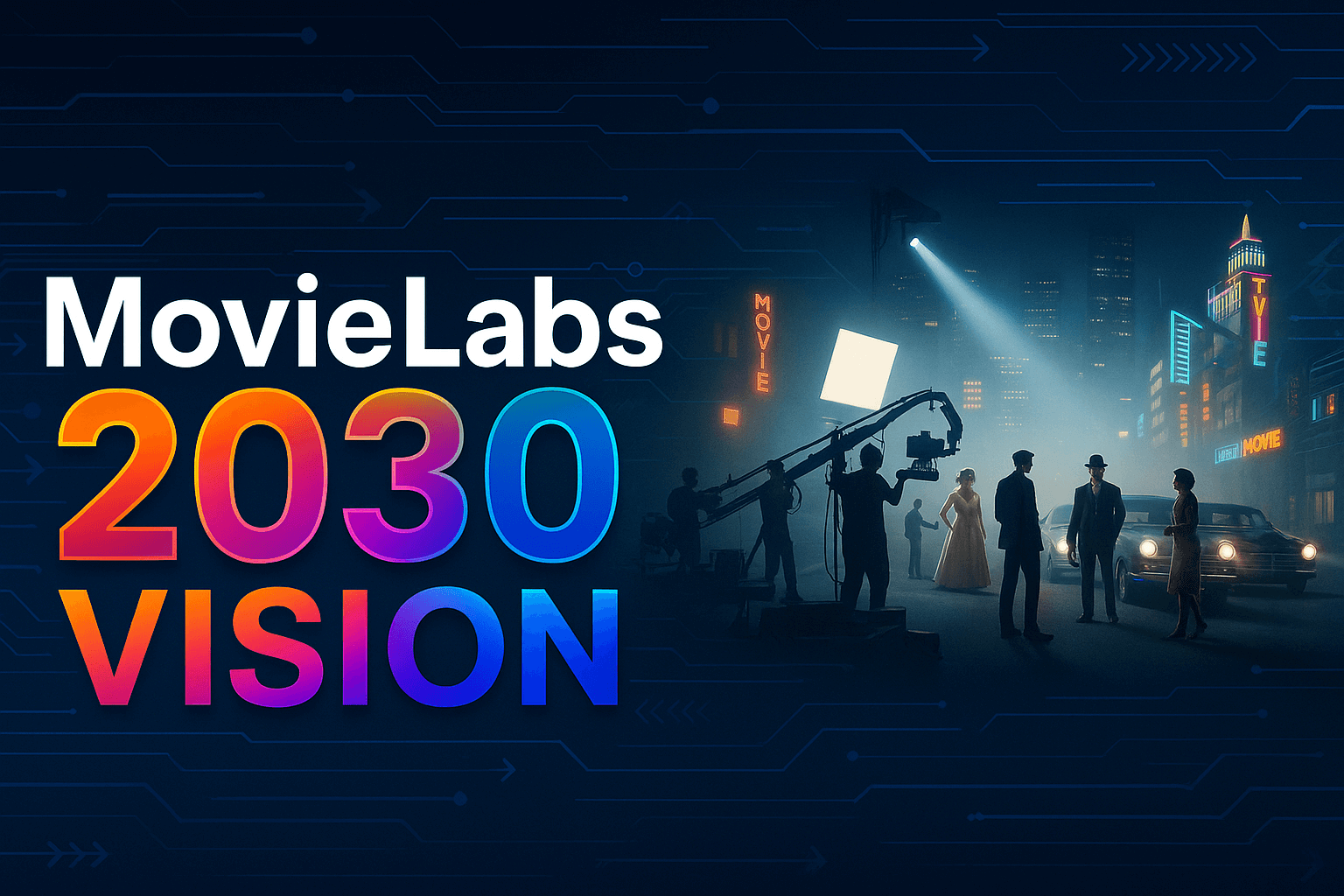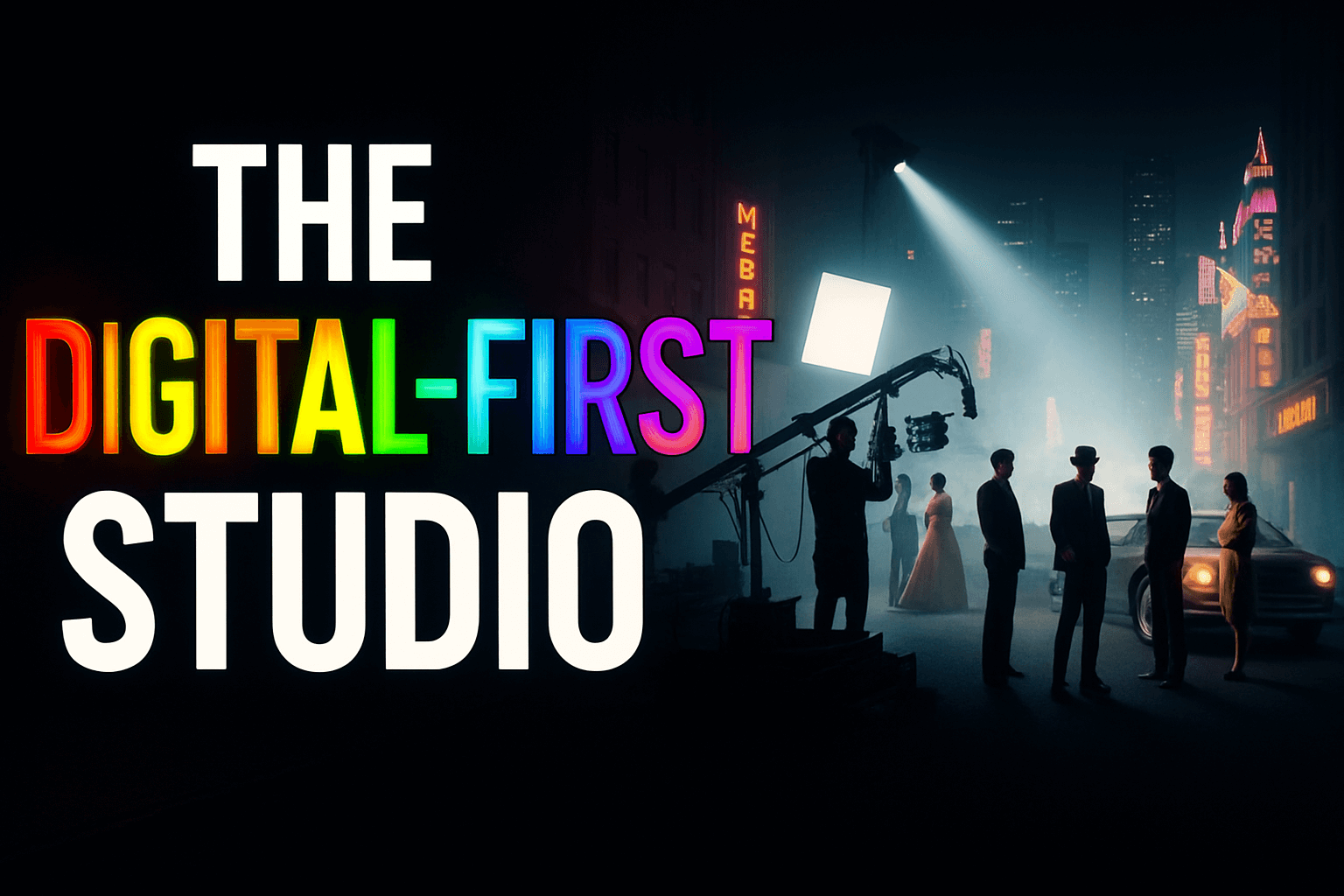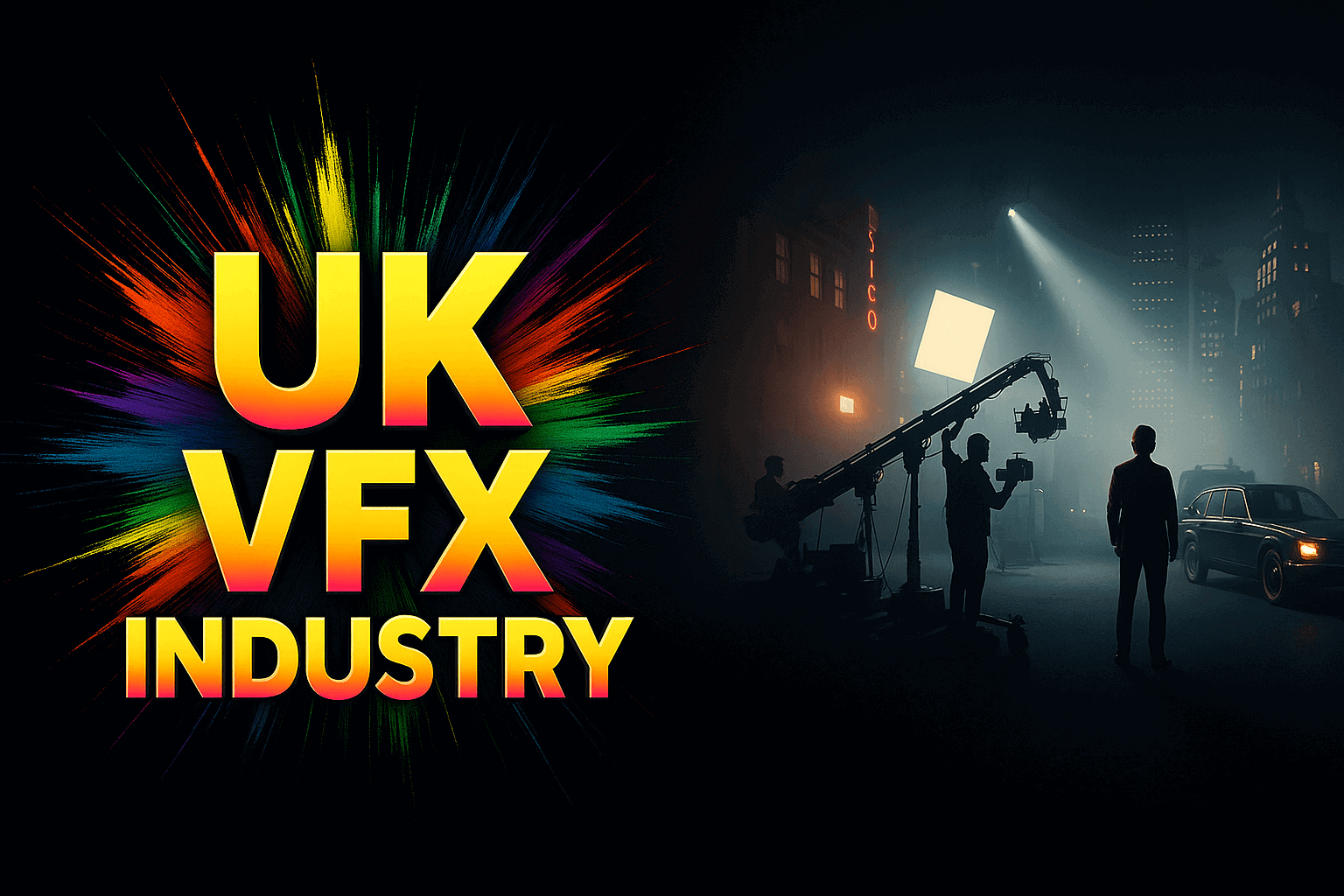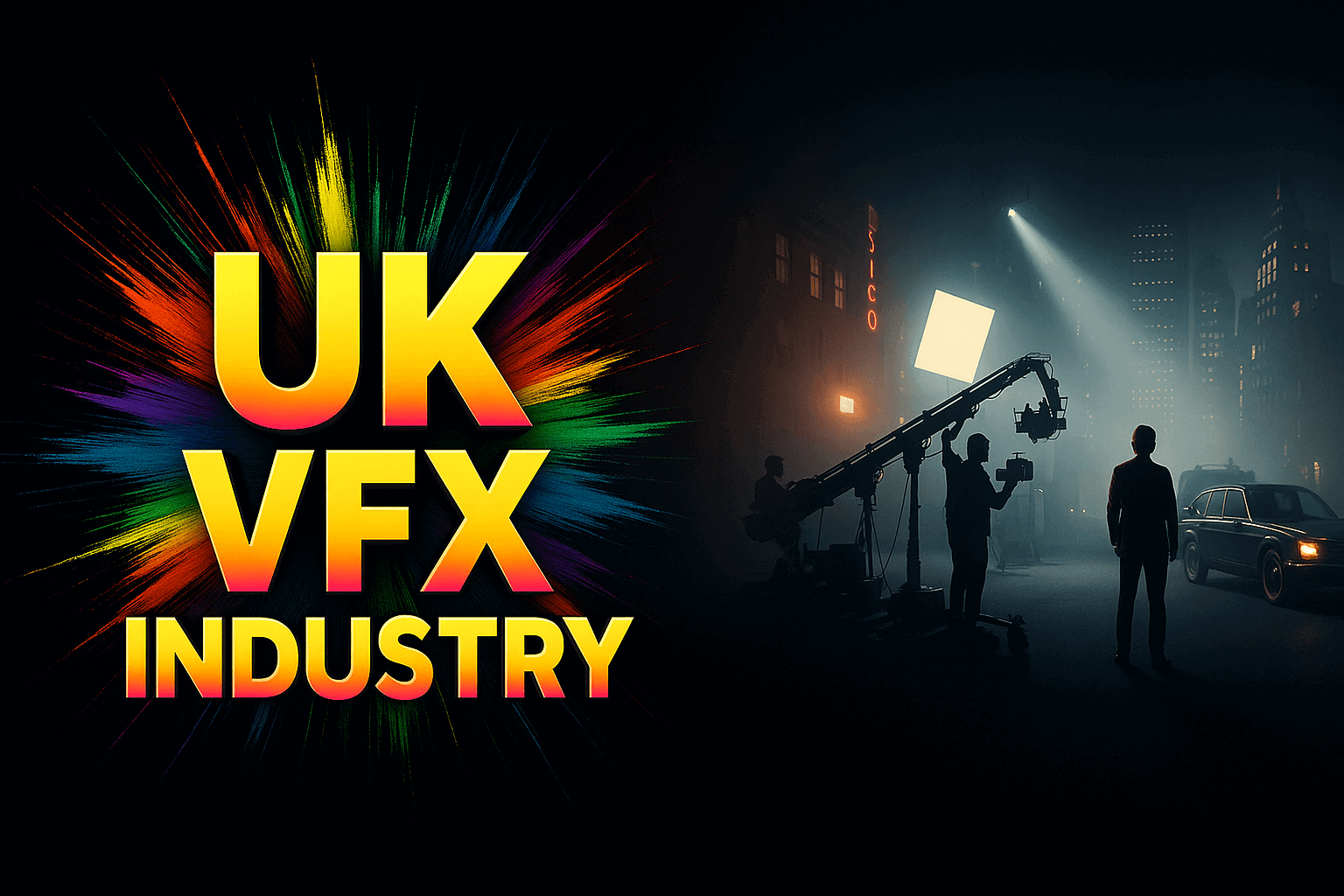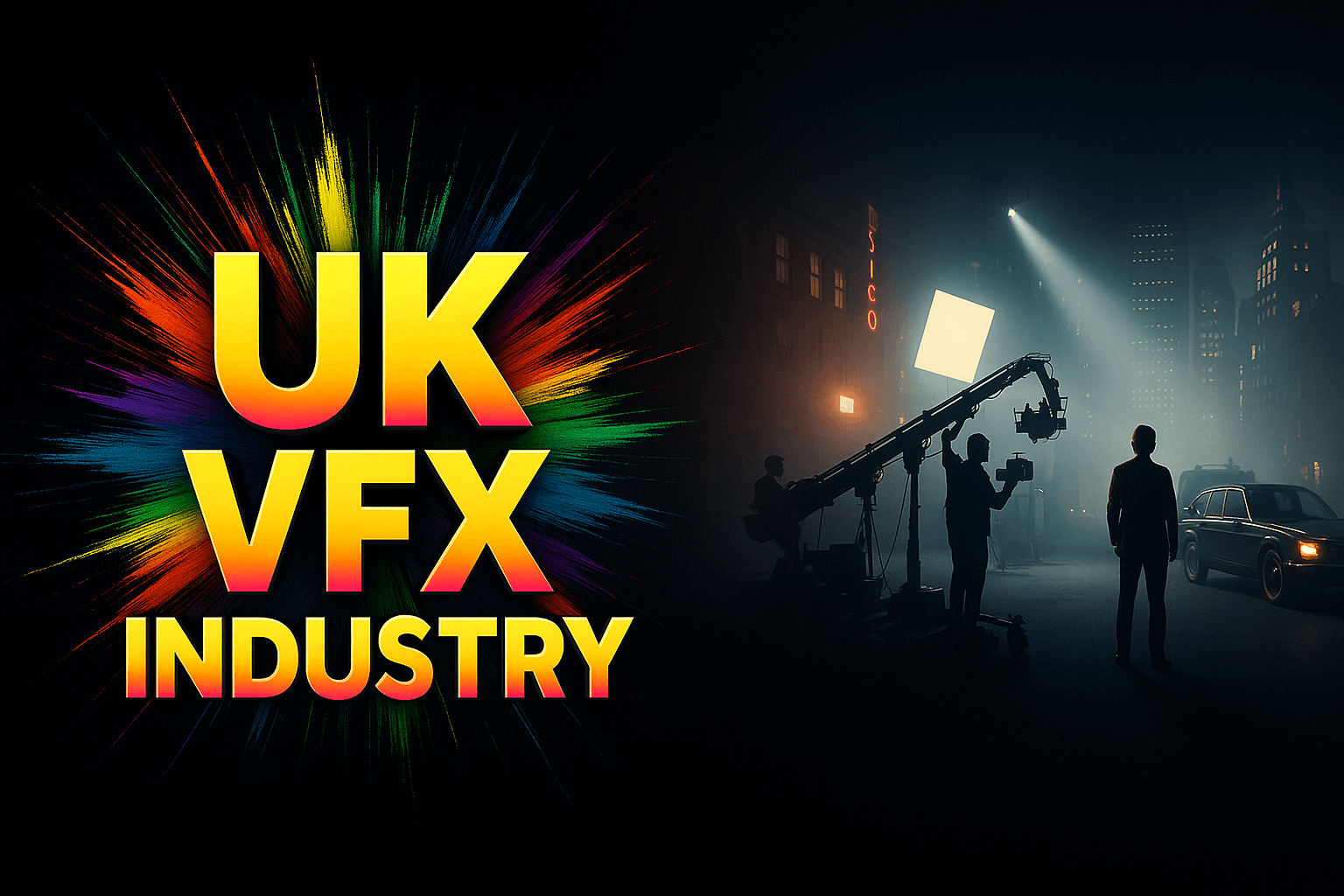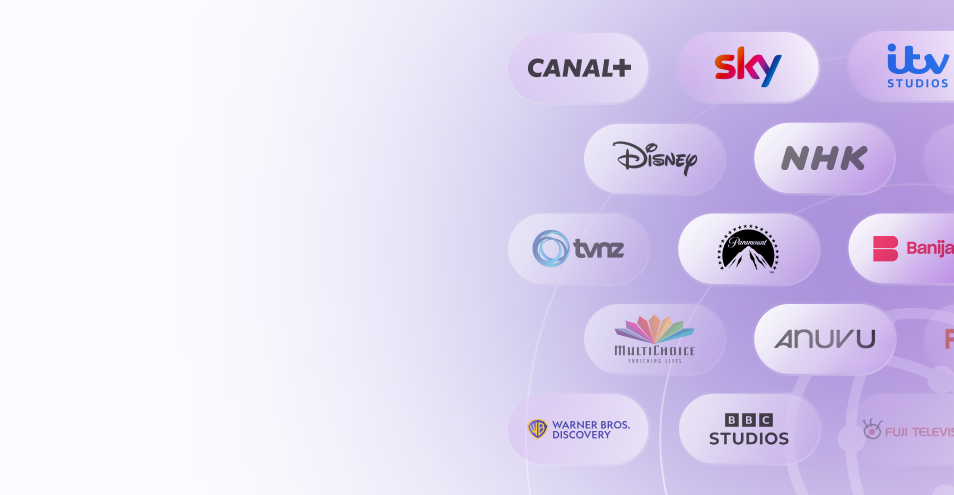Introduction
Let’s be honest. The demand for global content is exploding. Everyone wants to watch everything, everywhere, right now. For your dubbing studio, that should be great news. But you and I both know the reality: traditional dubbing is slow, expensive, and incredibly hard to scale.
You’re stuck between tight client deadlines and the massive cost of booking talent for dozens of languages. It feels like you have to choose between quality and growth. But what if you didn’t have to? This is where AI dubbing for content changes everything.
It’s not just a futuristic buzzword anymore; it’s a practical tool that studios are using right now to crush their goals. In this post, I’m going to walk you through exactly how you can leverage AI dubbing to scale your operations, cut costs, and win more business in a market that’s more competitive than ever.
Table of content
- Introduction
- Key-Takeaways
- What is AI Dubbing and Why Does It Matter Now?
- The 3 Game-Changing Benefits of AI Dubbing for Your Studio
- AI vs. Traditional Dubbing: A Head-to-Head Comparison
- How to Integrate AI Dubbing Into Your Workflow in 4 Steps
- How Vitrina Helps You Find the Best AI Partners
- Conclusion
- FAQs
Key Takeaways
| Key Takeaways: AI Dubbing for Studios | |
|---|---|
| The Opportunity | AI dubbing helps you meet the massive global demand for localized content faster and more affordably than traditional methods. |
| The Core Benefits | Drastically increase your speed to market, lower production costs, and scale your services to handle more projects and languages. |
| The Strategy | Implement a hybrid model. Use AI for efficiency and human talent for quality control and emotional nuance to get the best of both worlds. |
| The Action | Start by evaluating your current projects to identify the best candidates for AI, then find the right technology partner to integrate into your workflow. |
Is your studio prepared for the AI revolution?

What is AI Dubbing and Why Does It Matter Now?
So what is AI dubbing? Forget clunky, robotic text-to-speech from a decade ago. Today’s AI dubbing uses advanced machine learning to analyze the original speaker’s voice, emotion, and timing, then generates a new voice in a different language that sounds natural and expressive.
Some platforms can even clone the original actor’s voice for use in other languages, maintaining a consistent vocal identity across markets. It’s a huge leap forward.
Why does this matter for your studio *right now*? Because your clients—the streaming giants, the production houses, the global brands—are all in a race to expand their global footprint. They need more content localized, and they needed it yesterday. AI dubbing is the only feasible way to meet that demand at scale.
The 3 Game-Changing Benefits of AI Dubbing for Your Studio
Look, adopting new tech can be daunting. But the return on investment here is too big to ignore. Let’s break down the three core benefits for your business.
1. Unbelievable Speed
Traditional dubbing can take weeks or even months. You have to cast actors, book studio time, direct sessions, and then sync it all in post-production. It’s a logistical nightmare.
AI can generate a high-quality dubbed track in a matter of hours, sometimes even minutes. Think about that. You could turn around projects for clients in a fraction of the time, allowing you to take on more work without burning out your team.
2. Massive Cost Reduction
Let’s talk numbers. Studio time is expensive. Voice talent is expensive. A multi-language project can drain your budget before you’ve even started. AI dubbing cuts out many of these variable costs.
While there’s an investment in the technology or service, the per-project cost is significantly lower. This allows you to offer more competitive pricing to clients or simply enjoy healthier profit margins. It’s your choice.
3. Scalability on Demand
A client wants their 10-episode series dubbed into 15 languages? With a traditional model, you’d probably have to say no. The complexity is just too much for most studios.
- With AI: You can say yes. Scaling to new languages is exponentially easier.
- The result: You become the go-to partner for large, complex localization projects. You’re no longer a small shop; you’re a global player.
AI vs. Traditional Dubbing: A Head-to-Head Comparison
It’s not about one being “good” and the other “bad.” It’s about using the right tool for the right job. Here’s a simple breakdown of where each one shines.
| Feature | Traditional Dubbing | AI Dubbing |
|---|---|---|
| Speed | Slow (weeks to months) | Fast (hours to days) |
| Cost | High (talent, studio, director) | Low (tech-driven, fewer variables) |
| Scalability | Low (logistically complex) | High (easy to add languages) |
| Emotional Nuance | Excellent (human actors) | Good and improving (still a challenge) |
| Best For | High-budget, top-tier feature films where emotion is paramount. | Episodic TV, documentaries, corporate videos, e-learning content. |
How to Integrate AI Dubbing Into Your Workflow in 4 Steps
Ready to get started? Don’t just jump in. Follow this simple, four-step process to integrate AI dubbing intelligently.
Step 1: Evaluate Your Content Needs
First, analyze your current and upcoming projects. Not all content is a perfect fit for AI… yet. Look for projects like documentaries, news reports, or corporate training videos where clear, precise narration is more important than intense dramatic performance. These are your quick wins.
Step 2: Choose the Right AI Dubbing Partner
The market is flooded with AI tools, and they are not all created equal. You need a partner, not just a piece of software. Look for providers that offer robust quality control, support for multiple languages, and a platform that’s easy for your team to use.
Finding them is the hard part, but platforms that connect you with vetted tech vendors can streamline this process immensely. More on that below.
Step 3: Implement a Hybrid Model
This is the secret sauce. Don’t think of it as firing your voice actors. Think of it as empowering them. Use AI to do the heavy lifting—the initial translation and voice generation. Then, bring in your talented voice directors and actors for the final Quality Control (QC) pass.
They can polish the track, correct timing, and adjust emotional delivery. This hybrid model gives you the speed of AI and the quality of the human touch. It’s the best of both worlds.
Step 4: Master Quality Control
Your reputation is built on quality. Don’t let that slip. Create a new QC checklist specifically for AI-dubbed projects. Your team should check for:
- Lip-sync accuracy: Does the new audio match the on-screen mouth movements?
- Emotional consistency: Does the AI voice’s emotion match the context of the scene?
- Pronunciation: Are key terms, names, and places pronounced correctly in the target language?
By focusing on QC, you ensure the final product meets the high standards your clients expect.
Stop searching, start connecting.

How Vitrina Helps You Find the Best AI Partners
So, how do you find these reliable AI technology partners without spending months on research?
This is where a platform like Vitrina becomes your unfair advantage. Instead of endless searching, you can use a centralized marketplace to discover, vet, and connect with leading AI dubbing for content providers from around the world.
Vitrina’s solution provides the market intelligence you need to see who is working on what, helping you make smarter, data-driven decisions about which technology partners are right for your studio’s specific needs. It cuts down the noise and connects you directly with the innovators who can help you scale.
Conclusion
The journey of Film sales and distribution is as vital and often as challenging as the creative process of filmmaking itself. From understanding the foundational principles and crafting a compelling sales strategy to navigating the myriad distribution channels, leveraging industry markets, and decoding complex legal agreements, success demands knowledge, resilience, and adaptability. The modern era, with its technological advancements and shifting viewer habits, presents both unprecedented opportunities and new complexities. By embracing data-driven insights, staying attuned to global trends, and strategically marketing your work, you can effectively bring your cinematic vision to audiences worldwide. Remember, your film’s journey doesn’t end with the final cut; it truly begins when it starts connecting with viewers.
Ready to empower your Film sales and distribution strategy with cutting-edge market intelligence? Discover Vitrina and see how our global data and insights can help you connect with buyers, understand market demand, and maximize your film’s reach and revenue.
Frequently Asked Questions
No, it’s more likely to change their role. The future is hybrid. AI will handle the bulk of the mechanical work, while human actors and directors will focus on high-value tasks like performance, emotional direction, and final quality control. It’s about augmentation, not replacement.
It’s getting surprisingly good. While AI still struggles to match the nuance of a top-tier human actor in a highly dramatic scene, it can effectively handle a wide range of emotions for most content types, from excited narration to calm instructional tones.
Documentaries, e-learning courses, corporate videos, news content, and some animated series are perfect candidates. Essentially, any content where the volume and speed requirements outweigh the need for intense, dramatic vocal performances.
Many AI dubbing providers work on a service model (SaaS), allowing you to pay per project or per minute. This lets you experiment with the technology on a smaller project before committing to a larger integration. Using a platform like Vitrina can help you find partners with flexible pricing models.
























